GRANNY FLAT RULES AND REGULATIONS IN BRISBANE
- Granny and Co Homes
- 0 Comments
This article forms part of our discussion on the rules and regulations for granny flats and dual occupancy developments in each Council throughout southeast Queensland and northern New South Wales. It’s an update to an earlier post about granny flats in Brisbane that also includes some FAQ’s. We’ve updated the rules and have added information about dual occupancy developments since many of our “dual occ’s” are actually larger granny flat designs that have been approved on our clients’ properties via development approval (DA) instead of a traditional “secondary dwelling” (granny flat). Our team at Granny and Co have been working closely with Marc Joyce Town Planning to provide this information and will update this section again in the near future but in the meantime call us if you need clarification.
Building your perfect granny flat can be an exciting project that can much needed space to your home and added value to your property. But before you get started with the planning of your small home and the fun of picking out design styles and furnishings it’s important to understand which Council rules and regulations your new granny flat will need to meet. Unfortunately, each Council has its own set of rules and regulations for granny flats, but lucky for you, Granny and Co will endeavour to summarise each Council’s rules through a series of informative articles which will be updated from time-to-time by our Town Planner.
It’s worth noting that homeowners in New South Wales have an alternative pathway for approval, which is the State Environment Planning Policy (SEPP); this was provided by the state government to help simplify and streamline the approval process, so for those lucky people there are 2 ways to get a granny flat approved, ie. Council’s rules or the State Government’s (the SEPP will be covered in a future post but for now let’s talk about Brisbane).
Brisbane City Council’s requirements are set out in the Brisbane City Plan 2014 (City Plan) which spells out the definition of a granny flat and the permits and/or approvals that are required. We’ve outlined the main rules and regulations below but keep in mind that these are only applicable to properties within the Brisbane City Council catchment, so make sure to double-check your Council’s rules and regulations if your property falls outside of this catchment.
GRANNY FLAT CHECKLIST (BCC)
- Granny flat definition: “secondary dwelling”
- Self-assessable? Yes, provided there aren’t any development constraints such as flood prone land
- Maximum size: 80m2 GFA (measured around the outside of the granny flat walls… excludes Patios, Decks, Carports, etc)
- Maximum overall site coverage / footprint on your site? 50%
- Maximum distance from the primary dwelling: 20m
- Does it need to be located behind the primary dwelling? No
- Is there a minimum lot size (frontage)? No
- What are the required boundary setbacks? Refer to the Queensland Development Code or the Dwelling House (Small Lot) Code
- What are the total number of car spaces required? 1 + 1
- Can I rent out my granny flat to someone outside of my household group? Yes and No. At the moment the State Govt has allowed rental of a secondary dwelling, but it is a “temporary measure” to alleviate the SE Qld affordable housing crisis. However, in the long term, you’ll need dual occupancy approval for this.
- Do infrastructure contributions / levies apply? No
DUAL OCCUPANCY CHECKLIST (BCC)
- Granny flat / house definition: “dual occupancy”
- Self-assessible? No, it’s Code assessible which means you’ll need development approval
- Maximum size: N/A
- Maximum overall site coverage / footprint on your site? 50%
- Maximum distance from the primary dwelling: N/A
- Does it need to be located behind the primary dwelling? No
- Is there a minimum lot size (frontage)? 600m2, or 3000m2 if your property has low density residential zoning
- What are the required boundary setbacks? Refer to the Dual Occupancy Code
- What are the total number of car spaces required? 2 + 2
- Can I rent out my granny flat to someone outside of my household group? Yes
- Do infrastructure contributions / levies apply? Yes
Do I need Council approval to build a granny flat in Brisbane?
The City Plan defines a granny flat as “secondary dwelling” which doesn’t exceed 80m2 in size. If your granny flat meets this size requirement and is intended to be used by a member of the household you will not need special Council approval – BUT you will still need to meet the accepted development, subject to requirements criteria or Dwelling House Code.
If you plan to build your granny flat more than 20 metres away from the main house, or if it’s size will exceed 80 square metres then you will need to lodge a development application (DA). You will also need to lodge a dual occupancy DA if you plan on renting your granny flat out to tenants. Hopefully this requirement will be relaxed in the near future to encourage greater urban density and affordable housing opportunities for tenants plus investment opportunities for home owners.
Will the zoning of my property affect my ability to build a granny flat?
Yes. If any overlays or current neighbourhood plans apply to your property, they will also need to be taken into consideration. The best way to find out if overlays or neighbourhood plans apply to your property is by using the Brisbane City Council’s City Plan online mapping tool. This will reveal most of the development constraints that affect your property. As an example, if your site is affected by biodiversity, flooding or bushfire overlays you will probably be required to address these issues in your application for building approval or in some cases a DA.
What other rules and regulations do I need to consider?
- It is mandatory to provide one dedicated car parking space for the granny flat.
- A qualified Building Certifier must approve any building work before construction begins and ensure that your building work complies with the Building Act 1975.
- Depending on the size of your lot you will also need to accommodate boundary setbacks and maximum site coverage / footprint requirements.
As we mentioned before, the local Councils for the Gold Coast, Ipswich, Logan, Moreton Bay, Redland, Somerset, Scenic Rim, and Sunshine Coast have different rules and regulations so make sure to double-check your catchment area.
Stay tuned, we will be releasing a series of articles that cover the rules and regulations for granny flats for all Councils throughout southeast Queensland and northern New South Wales.
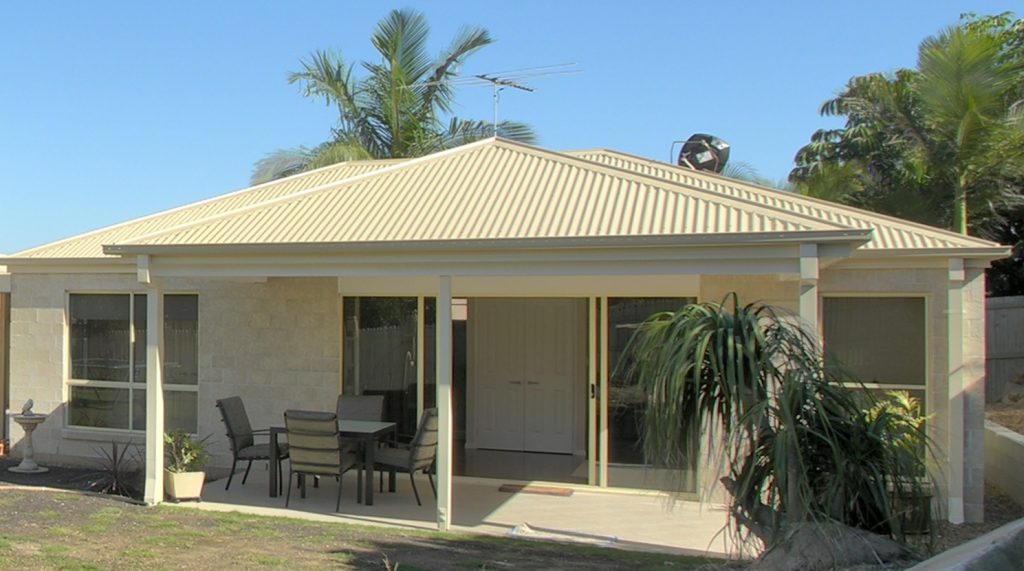
A Brisbane Granny Flat!
Here’s a Brisbane granny flat that was built for an elderly couple as an alternative to an aged care facility. This one dates back to 2008 but has held-up nicely thanks to a simple, efficient design plus high-quality build that provided the client with a durable low-maintenance solution. It’s an excellent example for extended family living and an aged care alternative.
It features 2 large bedrooms, a very large open plan living area with full-size kitchen, a Patio adjoining the living area and a covered walkway that connects both dwellings.
The design accommodated future accessibility issues by including oversized doors, wheelchair-friendly door sills, gentle ramps instead of steps and a large bathroom with easy-to-access shower, toilet and vanity. An intercom system was fitted, connecting the 2 dwellings.
The overall look is completely in keeping with the existing house, as per the client’s preferences. This granny flat provided them with a great alternative to an aged care facility and significantly improved the value of their property.
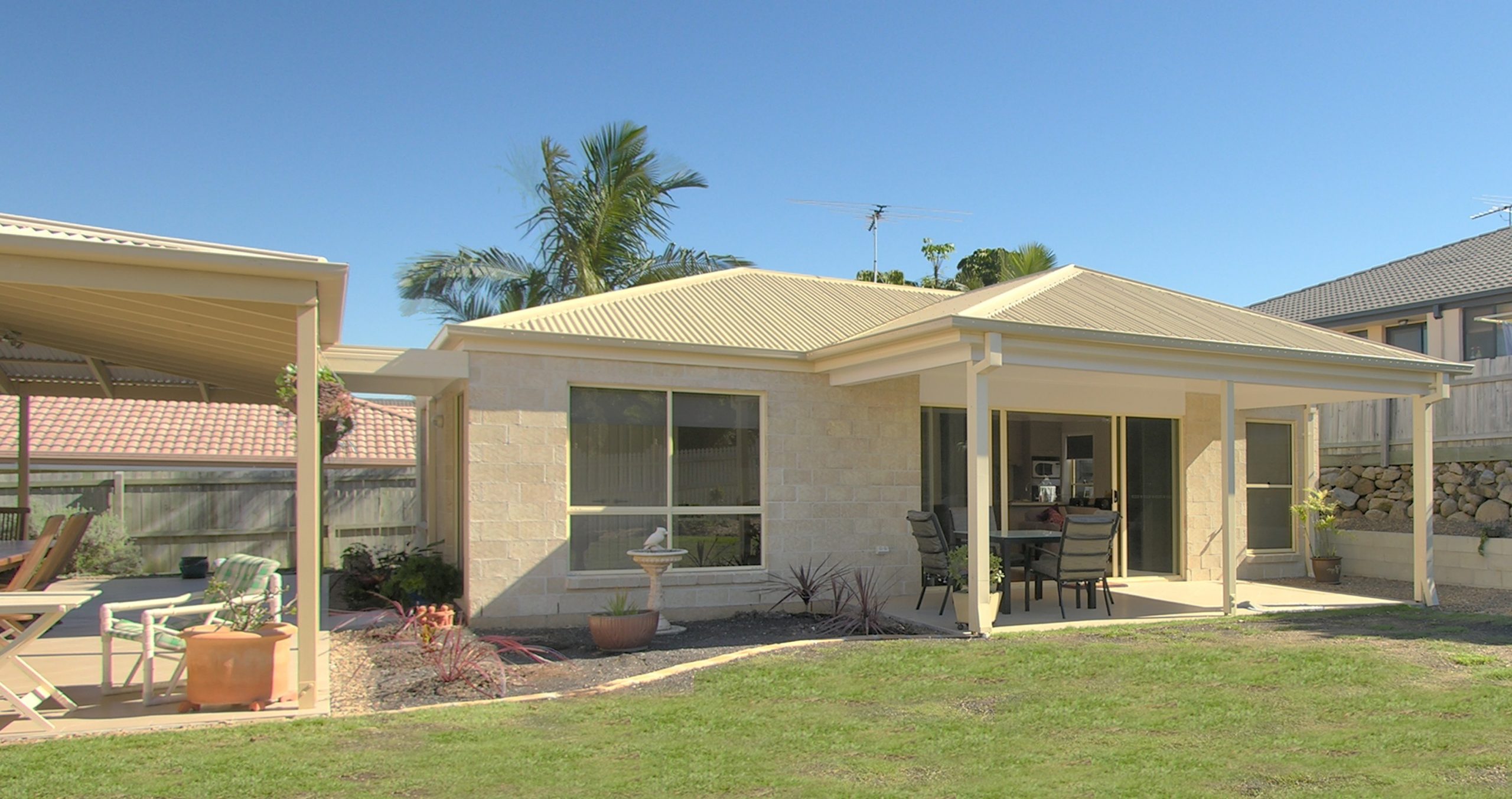
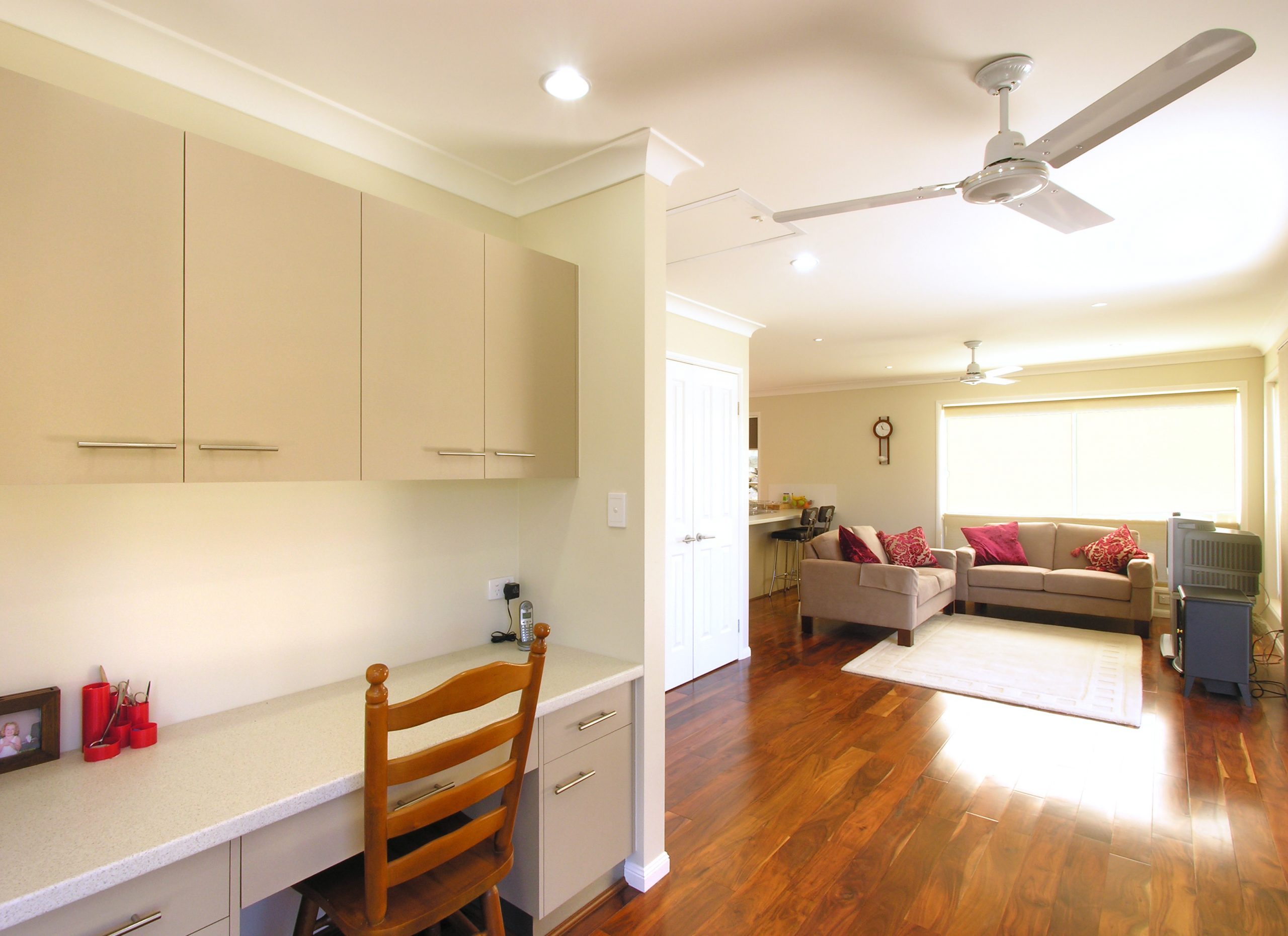
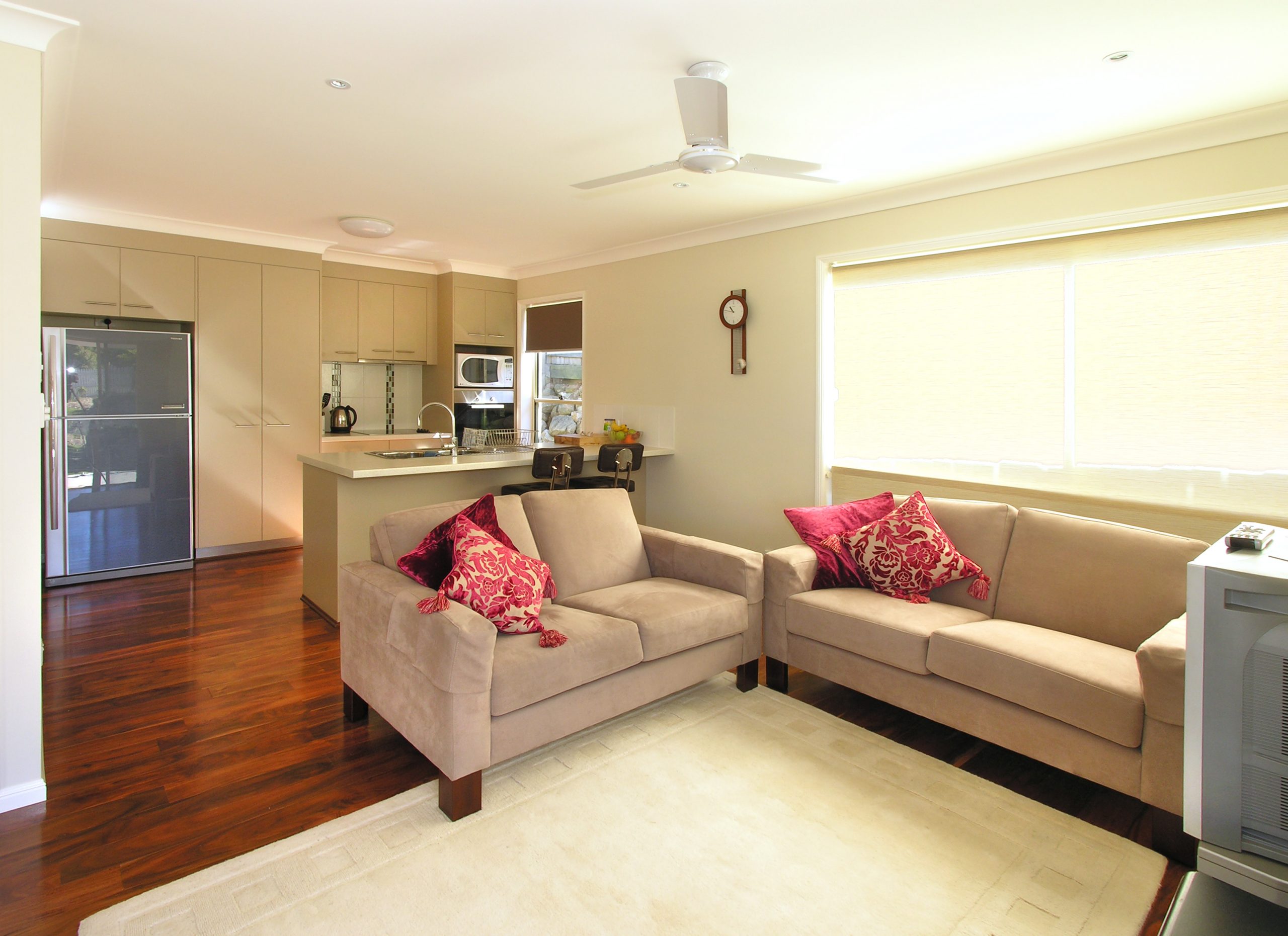
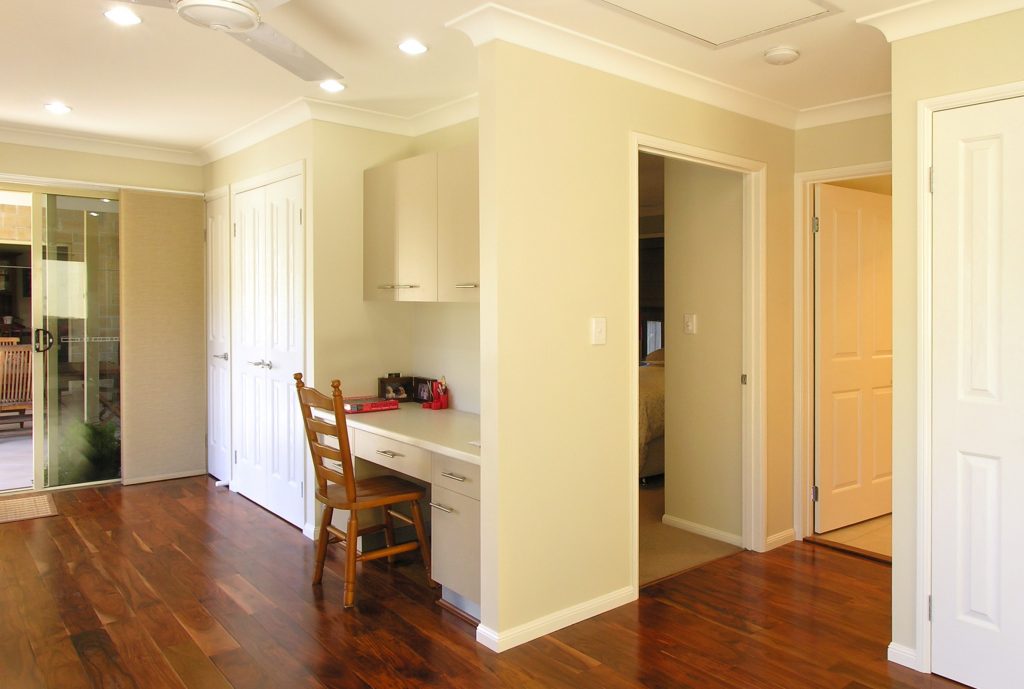
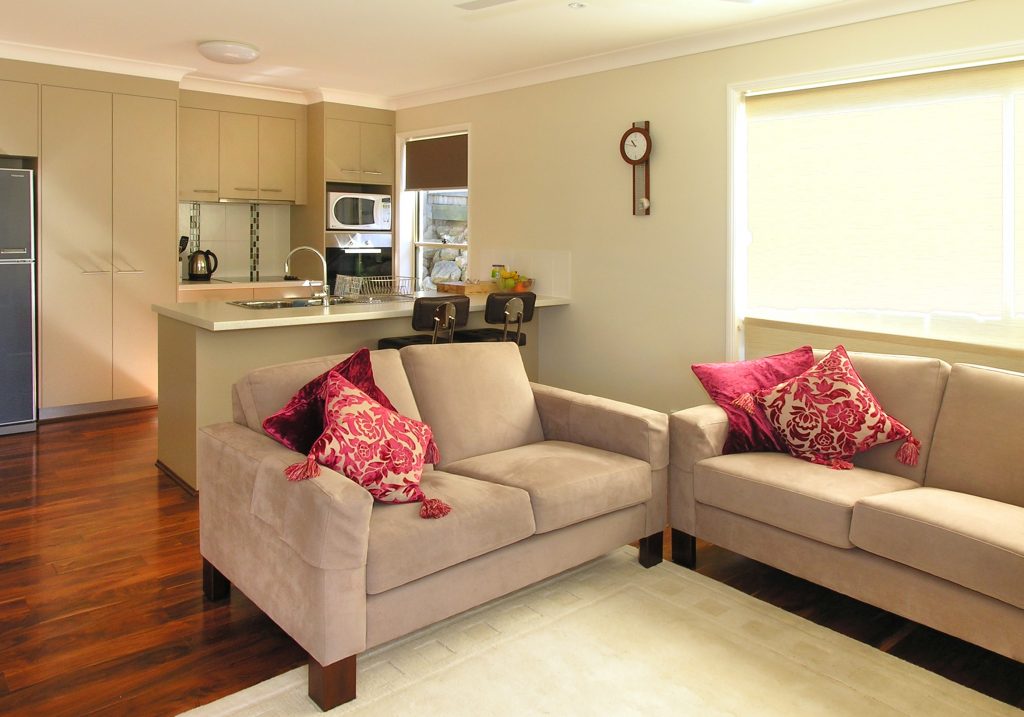
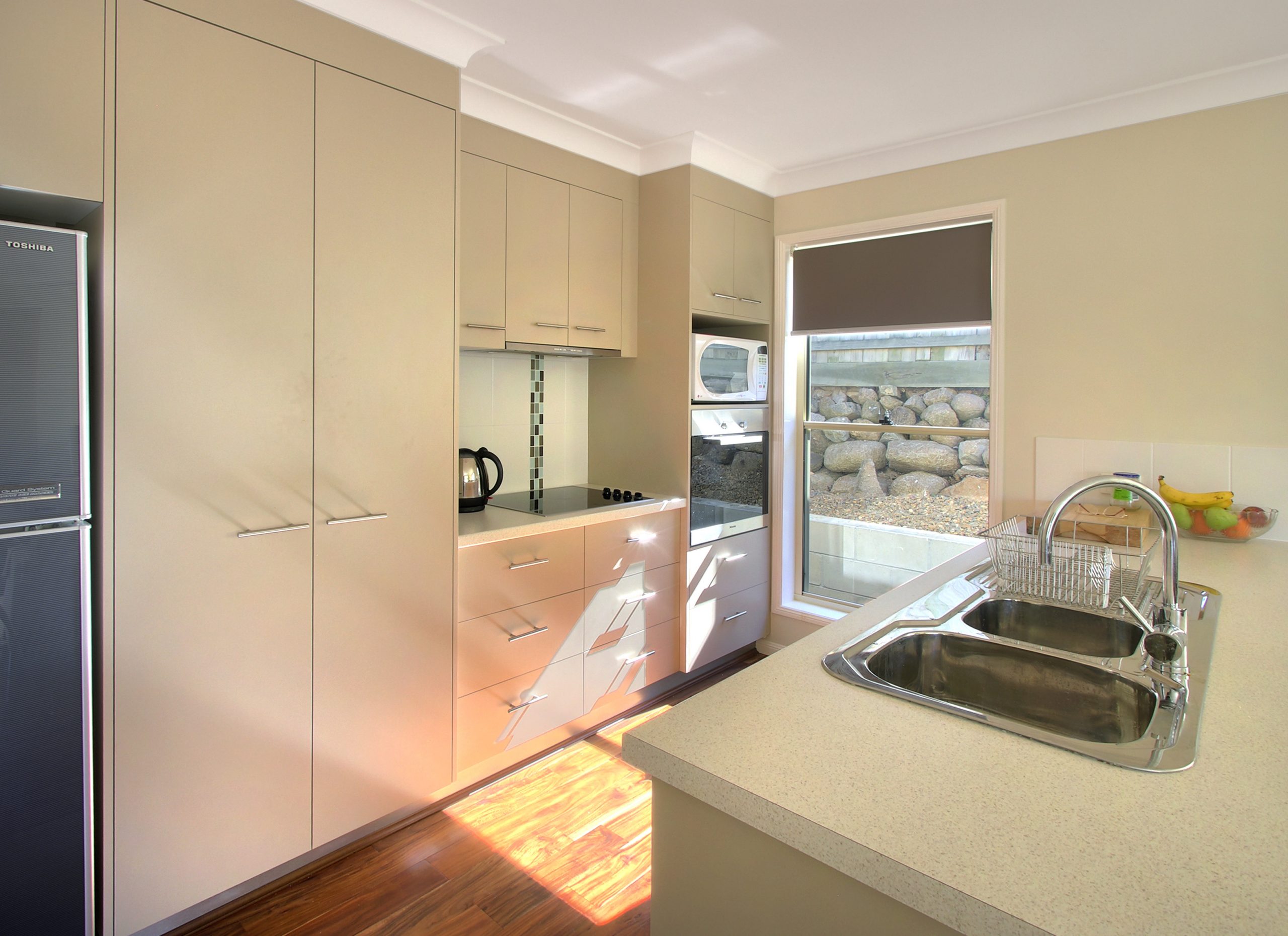
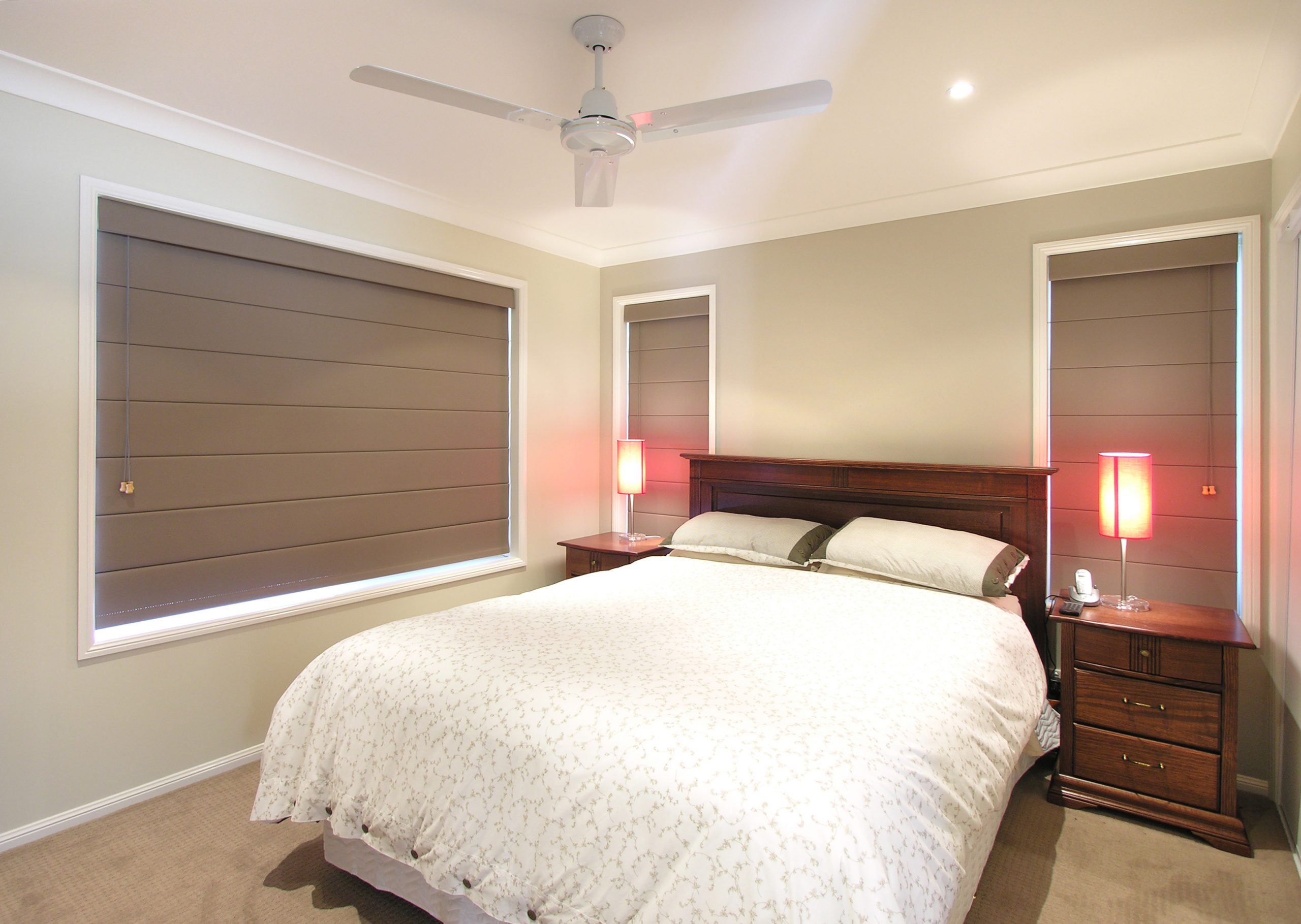
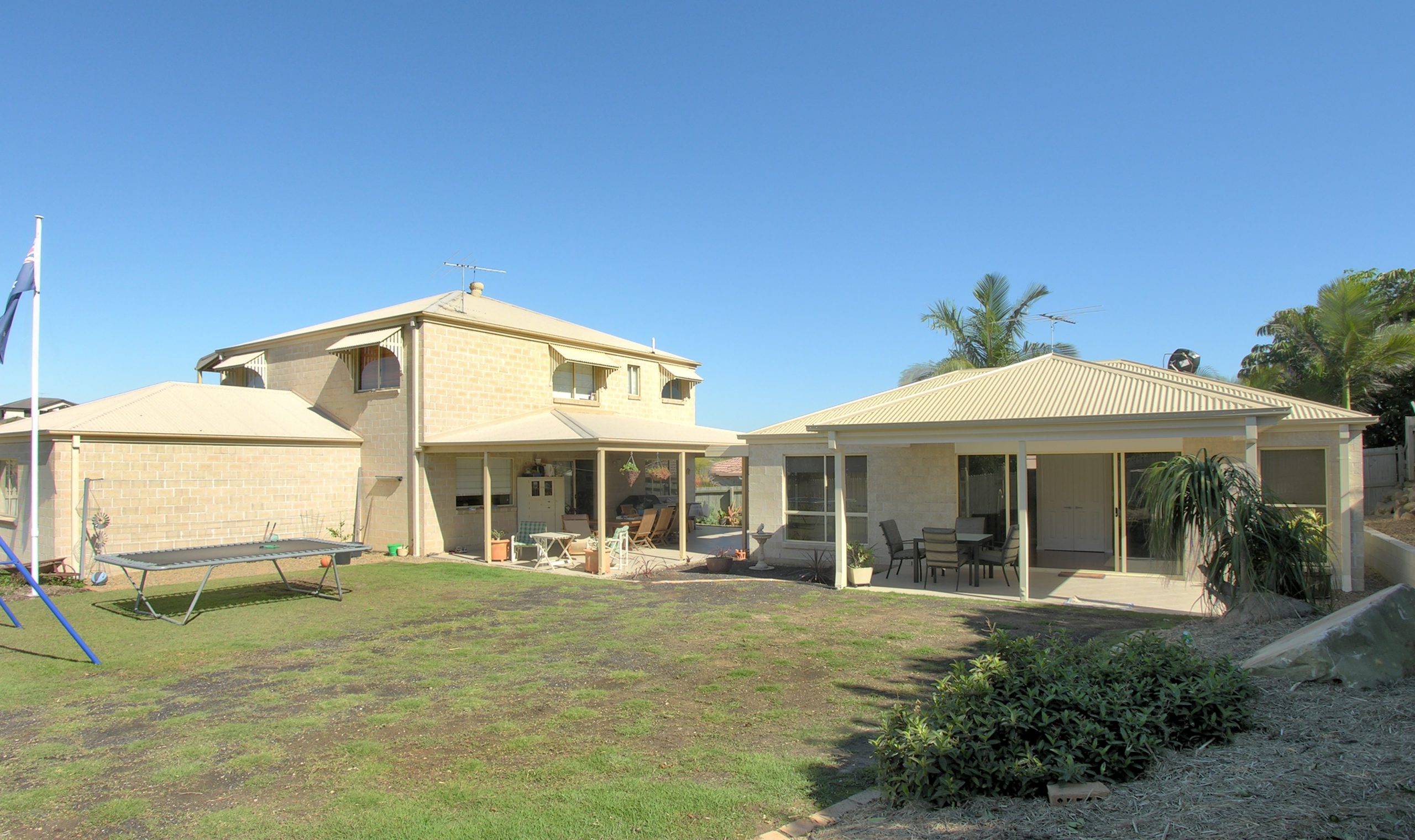
Related Posts
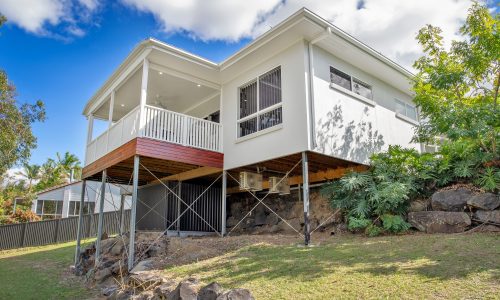
- Granny and Co Homes
- May 5, 2021
GRANNY FLAT GOLD COAST RULES AND REGULATIONS
Important information from the granny flat builders gold coast Locals Trust. This article conti ..
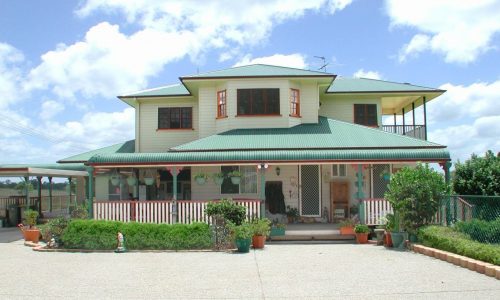
- Granny and Co Homes
- March 5, 2021
THE BENEFITS OF A SECOND STOREY EXTENSION
Adding a second storey to your home can open new doors for your family, both literally and figu ..

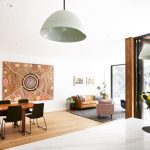

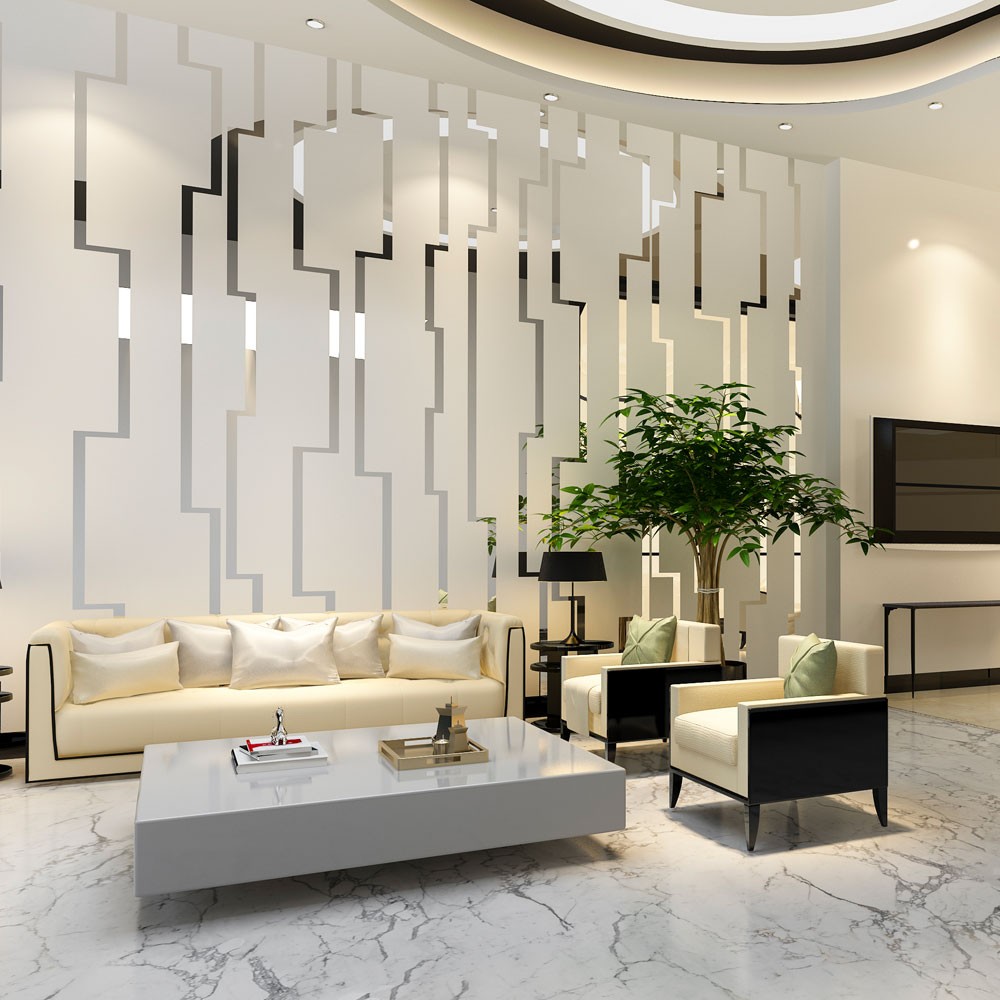
Recent Comments